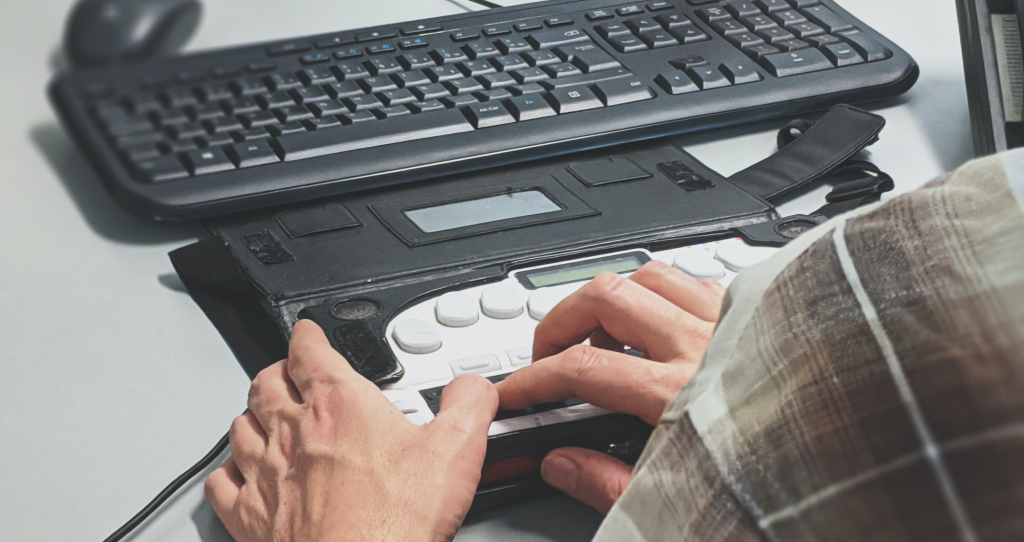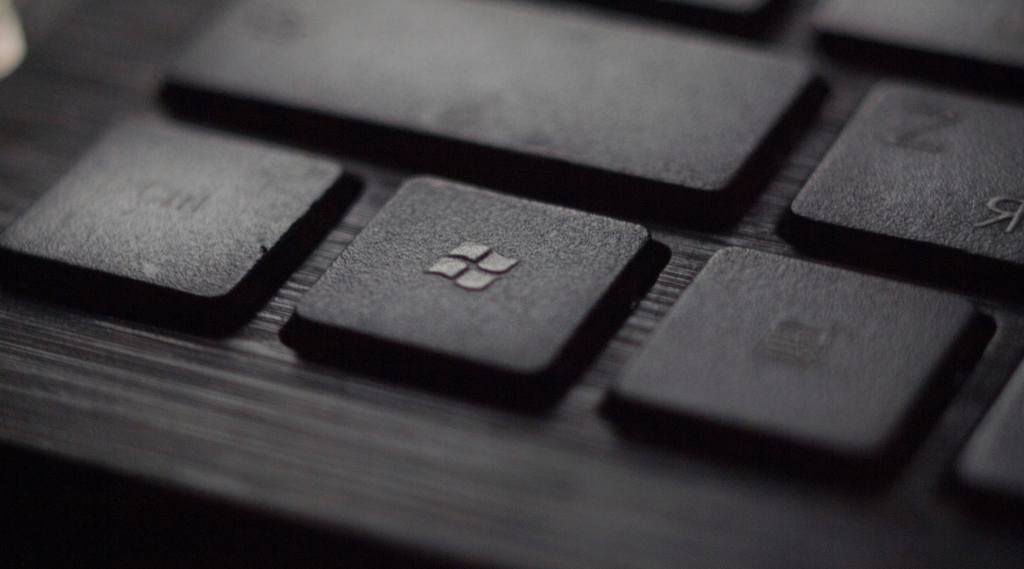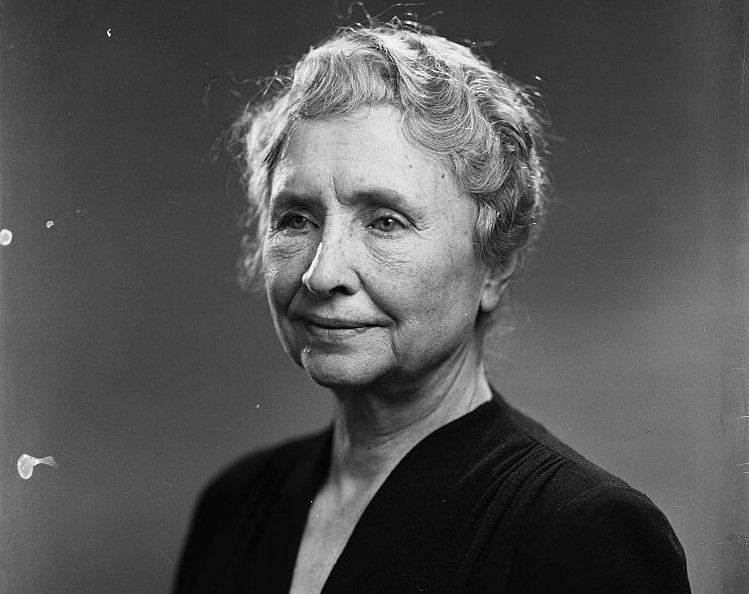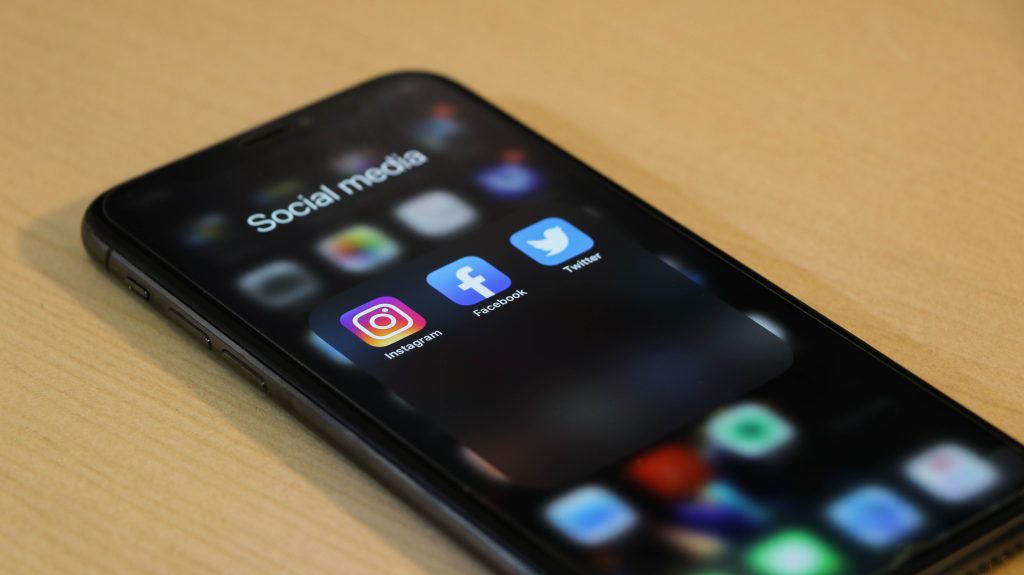In this week’s blog post, find out the main barriers for people with disabilities when using technology, from the native device to user knowledge to online services.
Common barriers in technology for users with disabilities

The latest news and events in the accessibility community

In this week’s blog post, find out the main barriers for people with disabilities when using technology, from the native device to user knowledge to online services.

The first version of Windows was released in 1985. Since then, they have come a long way in terms of user experience. In particular, we will talk about the accessibility features of their latest instalment, Windows 11.

27 June marks Helen Keller’s birth anniversary. In this week’s blog post, we look back on the remarkable life she led and how it inspired the advancement of digital Braille technology.

In our blogs, we often speak about how recent years have seen major leaps in assistive technology, but what we haven’t discussed is just how much this benefits everyone, not just people with disabilities.

As with all internet content, accessibility can improve user experience. In the case of social media platforms, this is particularly important, since user-generated content such as images, videos, and GIFs are not always made accessible by their authors.

In previous blogs, we discussed the accessibility features embedded in iOS. Today we look at Android devices, which also have a variety of tools that improve accessibility.

In honour of Global Accessibility Awareness Day, read about Atkinson Hyperlegible, an accessible typeface inspired by Braille in this week’s blog.